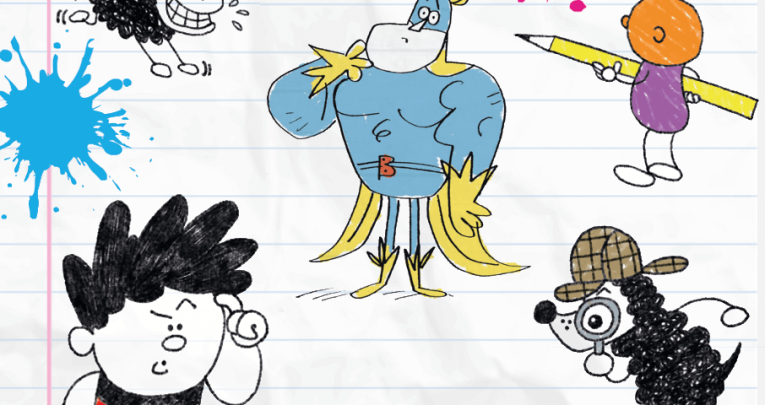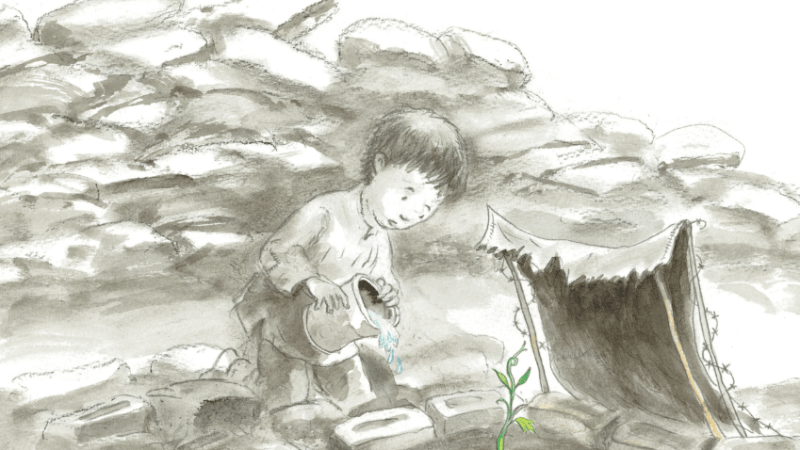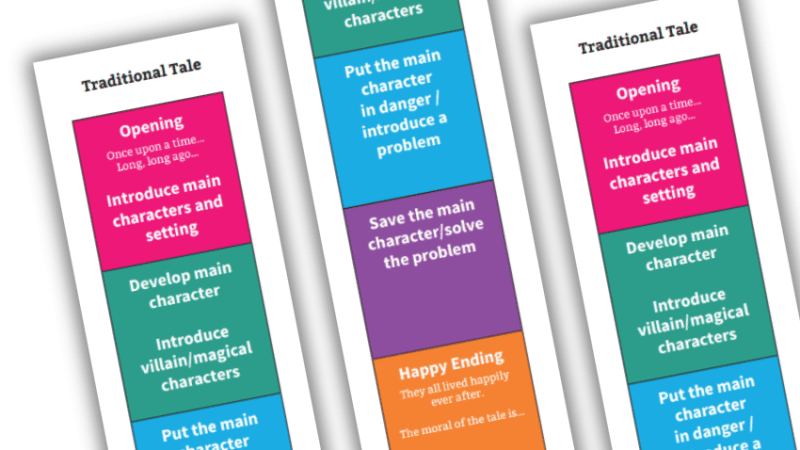Use the Beano to Teach Key Reading Skills – Even to Reluctant Readers

Beano – giving you a chance to teach some key reading skills, even to your most reluctant readers…

Admit it. When you’re basking in the sun, sand nestled between your toes, or when you’re cosying up on your sofa after a hectic term, the book in your hands is seldom of the likes of War and Peace or Ulysses.
More likely you’ve chosen to immerse yourself in a read that entertains, and one that does so without being overly taxing. So why do we insist – when it comes to children’s free-choice reading – they always choose traditionally challenging texts?
Just to be clear: we’re not suggesting there should be no challenge. On the contrary; this is about children having a balanced diet with nutrition taking a variety of forms, including that of reading purely for pleasure (whether or not the serving includes tricky concepts or ‘tier two’ vocabulary!).
Comics are as varied as pebbles on a beach and among these can be found a wealth of appropriate literature – from Captain Underpants, to graphic novels and, the all-time favourite: Beano.
Readers will often choose stories featuring familiar characters like Dennis the Menace or Minnie the Minx, forming favourites over time.
For many young readers, comics are the first type of text they turn to voluntarily; this isn’t surprising as the visual storytelling makes them accessible to the developing reader.
By connecting to their on-screen experience of cartoon and movies, comics allow children to immerse themselves independently in whole stories, with illustrations throwing light on unfamiliar vocabulary.
The stories themselves can be gut-bustingly funny or bring white-knuckle excitement of the kind children love to share with their friends.
After all, it’s easier to pore over a comic with your peers than it is to huddle round a text-dense book, and this is something we might encourage more of in schools – be it during playtime, independent reading, or even an alternative form of reading club.
Learning from comics
A comic strip can vary in length from a single line of four or five panels, to an entire graphic novel.
It’s important to note that even if a child only reads the shortest of strips, they are becoming familiar with narrative structures – seeing stories through from beginning to end, sequentially, with all the cause and effect that entails.
Children who appear to struggle with narrative structure in ‘school books’ and their own composition may be able to grasp narrative via the more accessible comic form; indeed, they may already have done so – we just need to show them how to transfer that understanding to other contexts.
Inference is a major stumbling block for many young readers, and yet most children make these constantly and effortlessly while reading comics. Inferences are conclusions based on literal retrievals, and the more this is practised, the easier and more automatic it becomes.
Character and emotional inference is the most obvious form supported by comics. There are, for example, plenty of literal observations – for example, Dennis’s mouth is wide open, his eyebrows have shot up and his hair is all pointing upwards; inference – he is shocked!
Predictive inference is not speculation; it is a combination of retrieved evidence and prior knowledge (of characters and situations).
In a familiar comic with familiar characters, children will have a strong sense of what is likely to happen at the outset of a story.
When The Bash Street Kids turn up to school each scrubbed clean and dressed uncharacteristically smartly for the class photo, their teacher is shocked… and any reader with even passing knowledge of this strip will know the eventual class photo will be a disaster; they will end up grubby and scruffy as a result of accidents and scuffles, and their teacher will be distraught.
Children know what will happen – the fun is watching it unfold (as when we watch most rom-coms or horror films).
And, of course, predictions are being made all the way through, panel by panel: if Dennis the Menace is hiding behind a fence with a water pistol and a foe is coming around the corner, the next frame is a safe bet – but it’s still a predictive inference!
Reading between the frames
Gap-filling (or ‘bridging’) inference is a particularly interesting form of comprehension in that it’s something we do all the time, but usually without noticing – and consequently, we may forget to teach it.
When we read, There was a loud knock at the door. He kept quiet and stayed away from the window, we comprehend: There was a loud knock at the door, so he kept quiet and stayed away from the window because he didn’t want anyone to know he was there.
Effective reading is dependent on this skill, which children develop every time they read a comic because they are constantly inferring what has happened between the frames.
Sometimes the transition from panel to panel is instantaneous; sometimes, minutes, hours or even days have passed, and usually, you have to infer this.
You may also have to infer what a character got up to since the last frame, or what he or she was doing while the focus was on another character. In every case, the gap-filling required is inferential.
As we’ve already stated, comics do not replace traditional picture books, text-only easy reads or the challenging books we help children study.
But the ease and pleasure with which children may exercise the high-order skills we’ve just discussed must never be ignored; it is up to us to show them how to transfer those abilities to other contexts.
Exploring comics in the classroom
- An occasional comic will provide a refreshing change in a comprehension lesson, guided reading or similar. Try springing it on the children as a surprise, and see how they respond!
Download free Beano activities
We have three stories from this week’s Beano for you to download, complete with a set of comprehension activity sheets and more, including:
- Dennis the Menace, Bananaman and Numbskulls comic strips with comprehension/writing challenge activity sheets
- Mixed up comic strips to practise narrative structure
- Blank comic panels for creating your own stories
Christine Chen and Lindsay Pickton are primary education advisers (primaryeducationadvisers.co.uk) supporting English development nationally.











